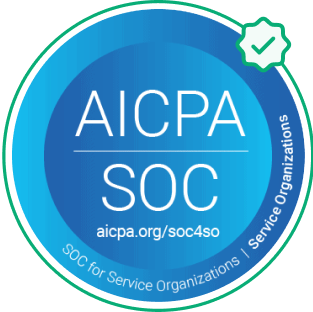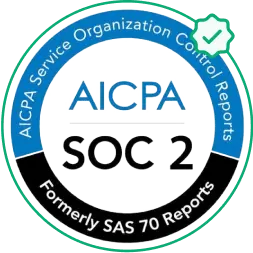What is workplace harassment?
Any behaviour where an employee is discriminated against, belittled, or threatened, by a colleague or someone senior, constitutes workplace harassment. This kind of harassment is also referred to as “workplace bullying” or “workplace aggression.” Unnecessary supervision, blocking promotions, and incessant criticism are all considered forms of workplace harassment.The Equal Employment Opportunity Commission (EEOC) defines harassment as any unwelcome verbal or physical behavior that is based on race, color, religion, sex (including pregnancy), gender/gender identity, nationality, age (40 or older), physical or mental disability, or genetic information. Workplace harassment is considered a severe form of discrimination and is against the law across geographies.Not to be confused with:
Not to be confused with:
What are the different types of workplace harassment?
Workplace harassment is divided into two types: physical and emotional. Let’s delve a little into what each means.Physical harassment at the workplace can take two forms: sexual harassment and workplace violence. Sexual harassment is the most widely known form of harassment and refers to any unwelcome advance or conduct that is sexual in nature. The prevalence of sexual harassment at work is fairly high, with 1 in every 3 women having faced it. On the other hand, workplace violence refers to any physical assault or threats to assault that one might face at work. This behaviour could occur on account of clients who double up as criminals or co-workers who perpetrate violence.Emotional harassment, also known as mental harassment, is the kind of harassment that often goes unnoticed and might even seem more acceptable. Any type of bullying, discrimination, or hostile behaviour, both verbal and non-verbal, falls under this umbrella and is capable of causing equal or even more harm than physical harassment.










